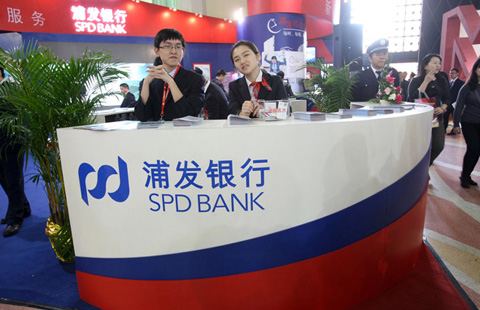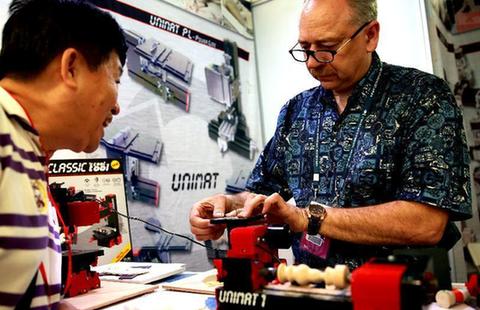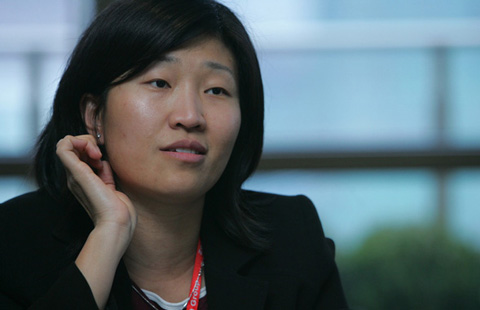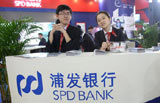Auto sector M&As to drive ahead in 2015
By WU YIYAO in Shanghai (chinadaily.com.cn) Updated: 2015-05-15 16:52Global automotive sector insiders said they have strong confidence in the merger and acquisition market in the upcoming year, with China being one of the markets that may see the most M&A activities.
A survey by EY which polled 1,600 executives in the automotive sector in 54 countries found out that 70 percent of respondents said they expected to pursue acquisitions in the next 12 months, the highest level since the annual survey started six years ago.
About 68 percent of M&As will be innovative investment, based on which brands may diversify risks, collaborate on research platforms, reduce costs and enhance proficiencies.
In China the market is highly fragmented, offering more than 100 models of passenger vehicles. The market has incentives to merge some of their development efforts to become stronger and more cost effective, said Mark Short, a partner with Transaction Advisory Service with EY.
The growing importance of product innovation and access to emergent technologies are motivating factors behind a significant number of deals within the automotive sector, said analysts.
"Supply chains, channels to market and back-office infrastructure are all affected by innovation, and M&A is often the best route for maintaining or gaining a competitive advantage," the survey report said.
The recent performance of joint ventures and collaboration between Chinese and foreign brands may present positive examples for M&A activities.
China's second-largest vehicle maker Dongfeng Motor in late April signed agreements with its French partner PSA Peugeot Citroen in a move to deepen cooperation in product development and marketing in Southeast Asia.
The two enterprises have a 23-year-old joint venture, Dongfeng Peugeot Citroen Automobile Co Ltd, in Wuhan, capital of Hubei Province, which posted annual growth of 28 percent in 2014.
Hangzhou-based Geely, owner of Sweden's Volvo Cars, said the number of vehicles sold under its own brand soared 57 percent in the first quarter in 2015.
China's automobile makers have already been expanding to overseas markets including Africa and South America.
They may start with commercial vehicles and then enter the passenger vehicle sector. Those with strong foundations in their home country may perform better, said Stephane Lagut, a partner and automobile sector expert with EY.
- Improving sales but still weak construction
- Six years of joy, tears and growing together
- Changan Ford inspires students to reach their dreams
- China slashes taxes on green autos
- Carmakers issue recalls over safety concerns
- CNR shares to be delisted, stocks swapped with CSR
- China sets economic reform priorities for 2015
- Chinese expected to be New Zealand's biggest tourist spenders by 2021

















